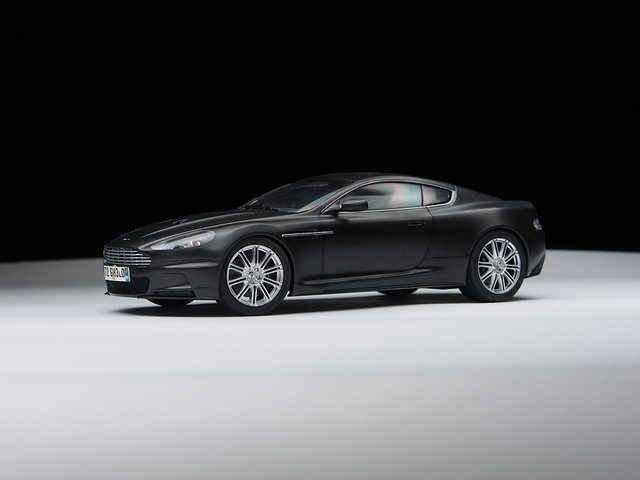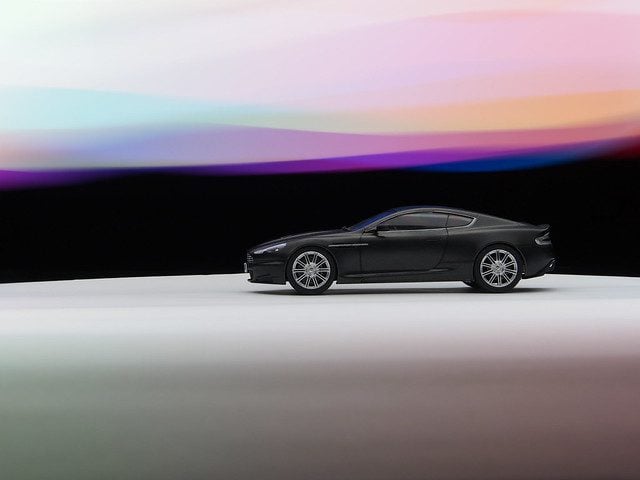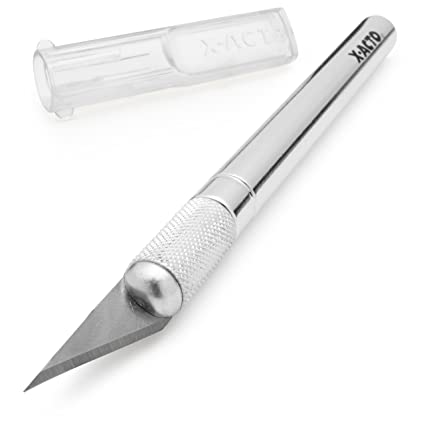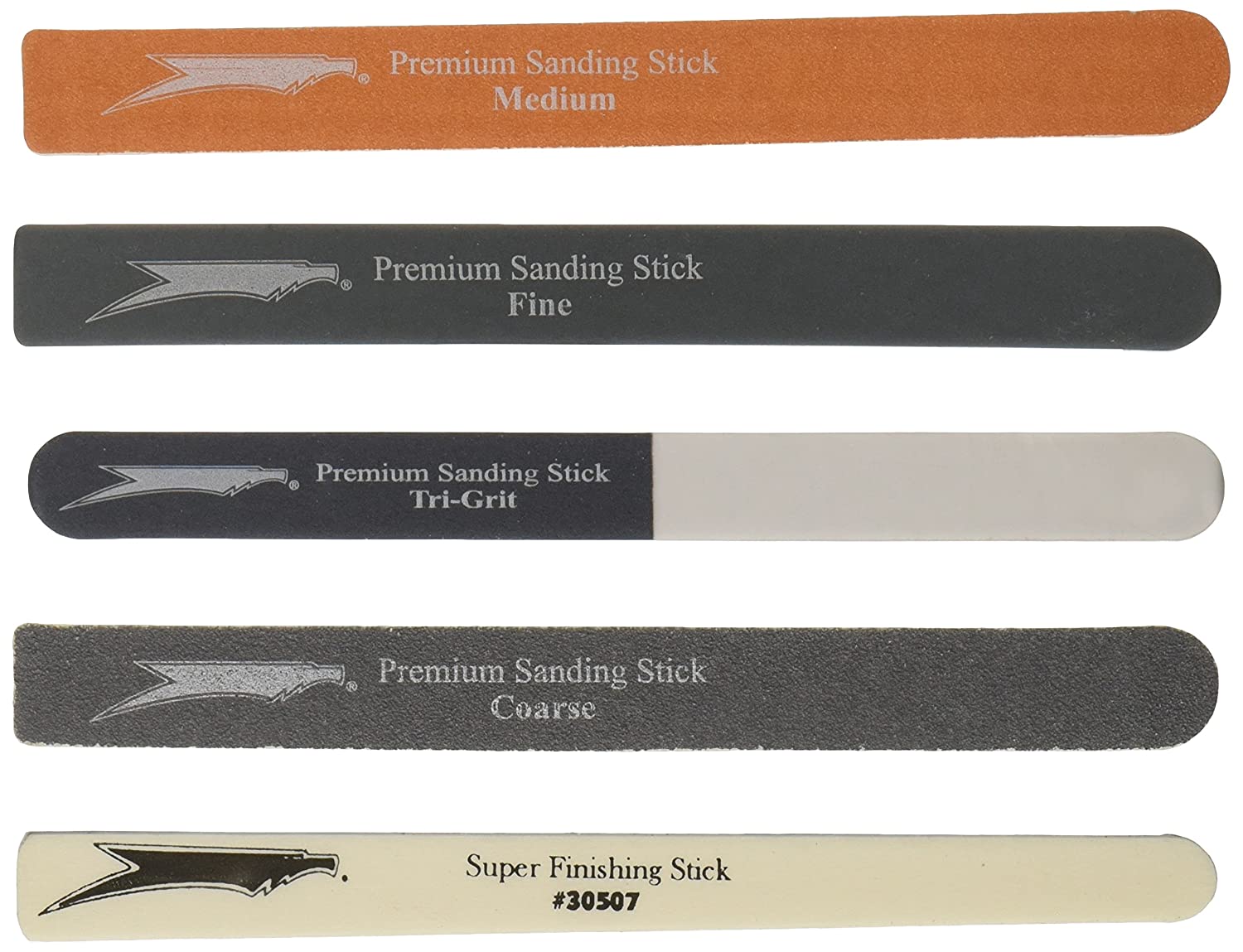- 3,131

- Hong Kong
- Hybrid_Tifoso
I'm still a novice when it comes to modelling, and the following answer may not be helpful at all, but when the tip of my paintbrush start to split (albeit not by a lot), I'll dip it in a bit of running water before painting and try to shape the tip with my wet fingers until it is fine enough for detail painting. This method doesn't last for long though, as soon the paintbrush will dry and split again, so you will have to use it and dip it in paint pretty quickly afterwards. I know this sounds like a dumb idea and too simple to work, but it worked for me.Maybe someone here would know, but I have a problem with a paint brush. My only detailing brush is fine when dry, but after dipping it in paint the bristles fan out and make using it for detailing next to impossible. I was wondering if anyone knew why and how to fix it?

My own tip to keeping paint brushes fine is avoid dipping all of the bristles in paint. Use only the part (around one-third?) at the tip, and don't get paint onto the base of the bristles. When I'm washing away the paint after use, instead of pressing the tip against the plate containing the solvent completely and rubbing the bristles with my fingers, I tend to sweep the paintbrush as if I'm painting something while rotating the brush. Again, stupid idea, and it takes me a lot of time, but that's the way I do it.
Edit: Is it just me, or has anyone noticed that Tamiya spray paints have turned from producing smooth surfaces to producing more grainy ones?
Another edit: Would any of you modellers be interested in joining this competition?
Last edited:











